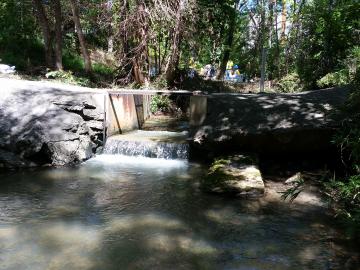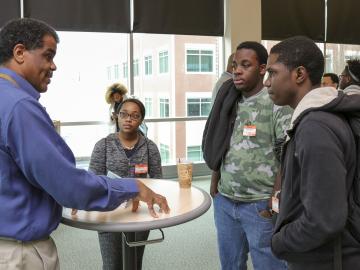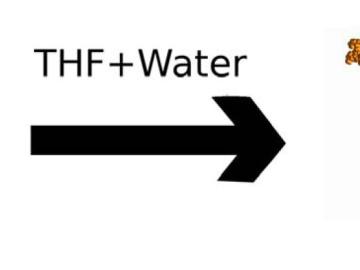
Filter News
Area of Research
News Type
Date
News Topics
Media Contacts
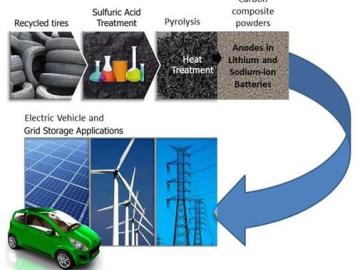
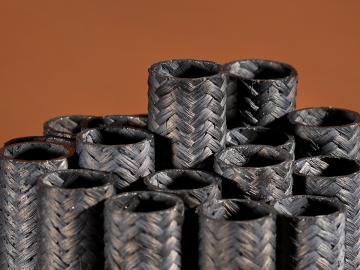
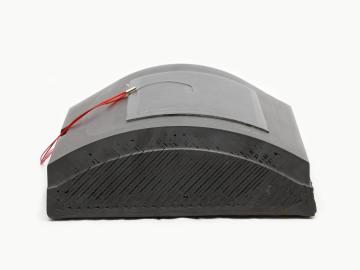
A successful test of 3D-printed thermoplastic molds demonstrates the potential of additive manufacturing in the tooling industry. Researchers at Oak Ridge National Laboratory’s Manufacturing Demonstration Facility collaborated with a team of industry partners to 3D-print and machine se...
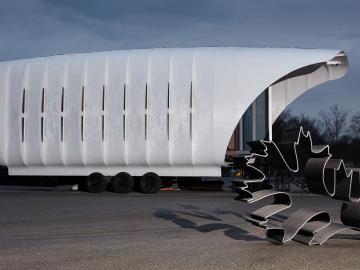
Earth Day 2016 is observed Friday, April 22 and the Department of Energy’s Oak Ridge National Laboratory is hosting a number of programs and activities throughout the week to promote enhanced environmental quality through greater energy efficiency and clean energy,...

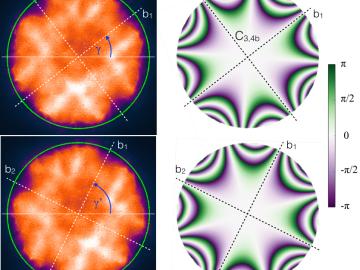

Clothes dryers that use thermoelectric heat pump technology being developed by Oak Ridge National Laboratory and industry partner Sheetak could use 40 percent less energy, potentially saving consumers $3 billion in utility costs. “Each month, electric clothes dryers typically consume more energy than any other household appliance,” said Kyle Gluesenkamp, who leads the development team for ORNL’s Building Equipment Research Group.
